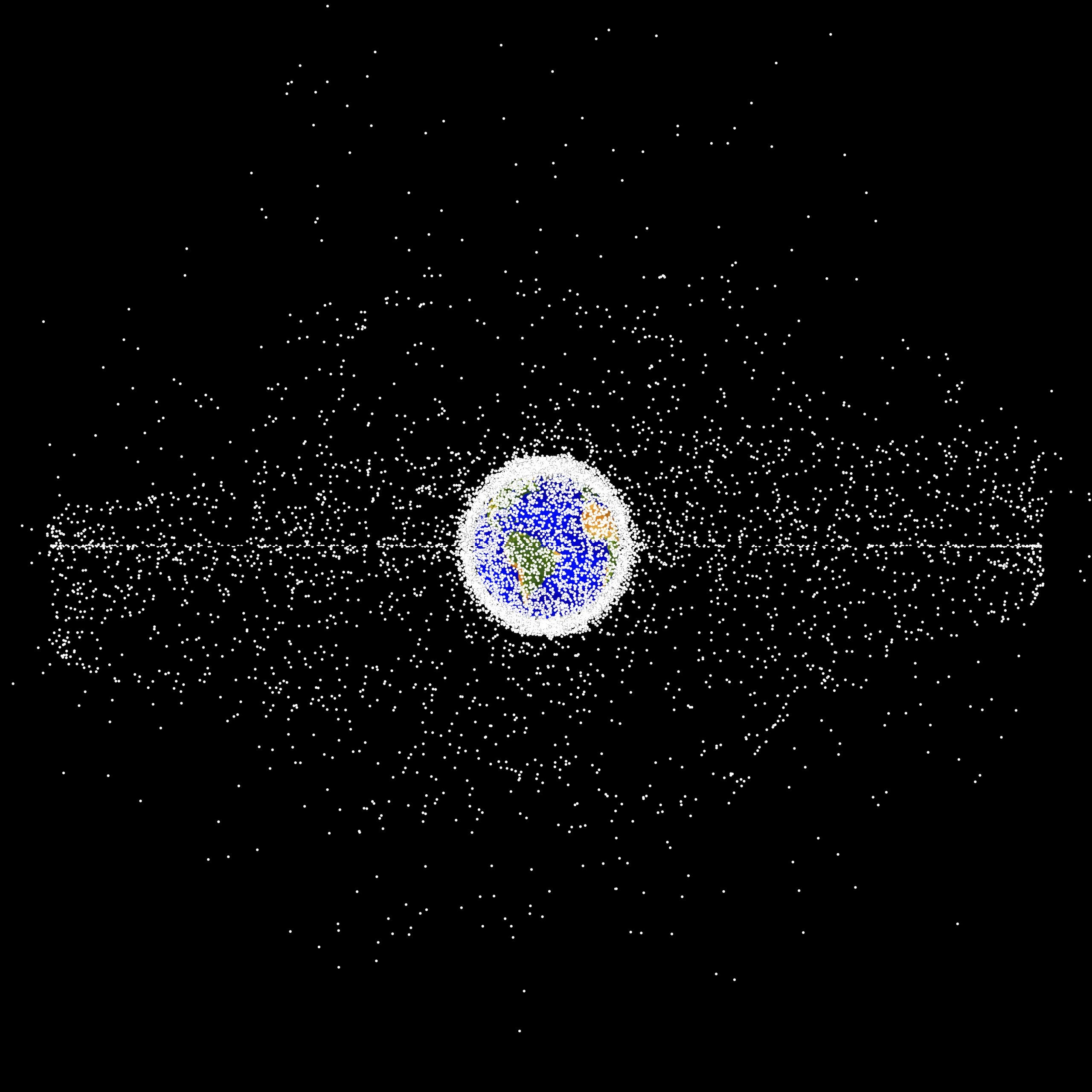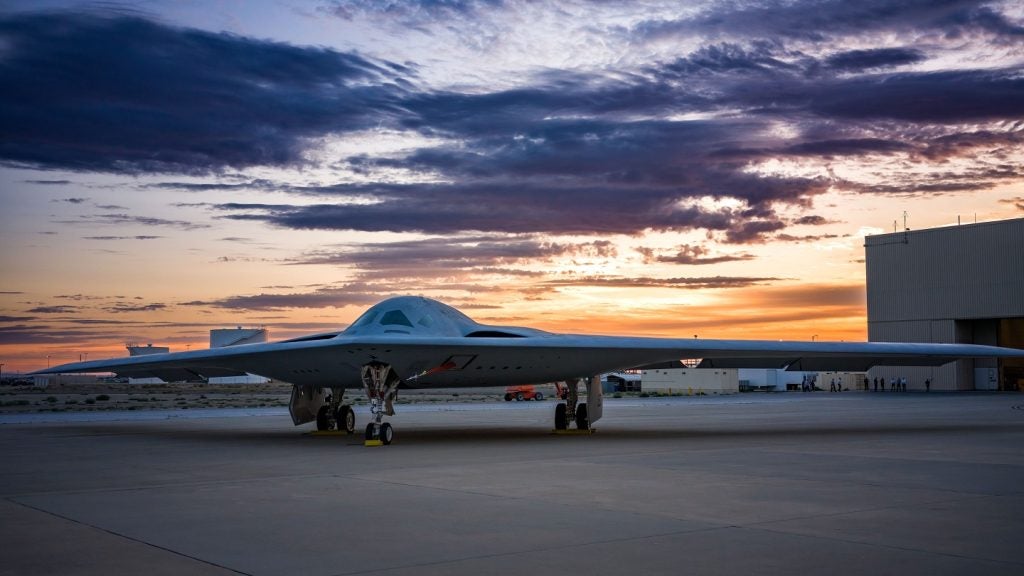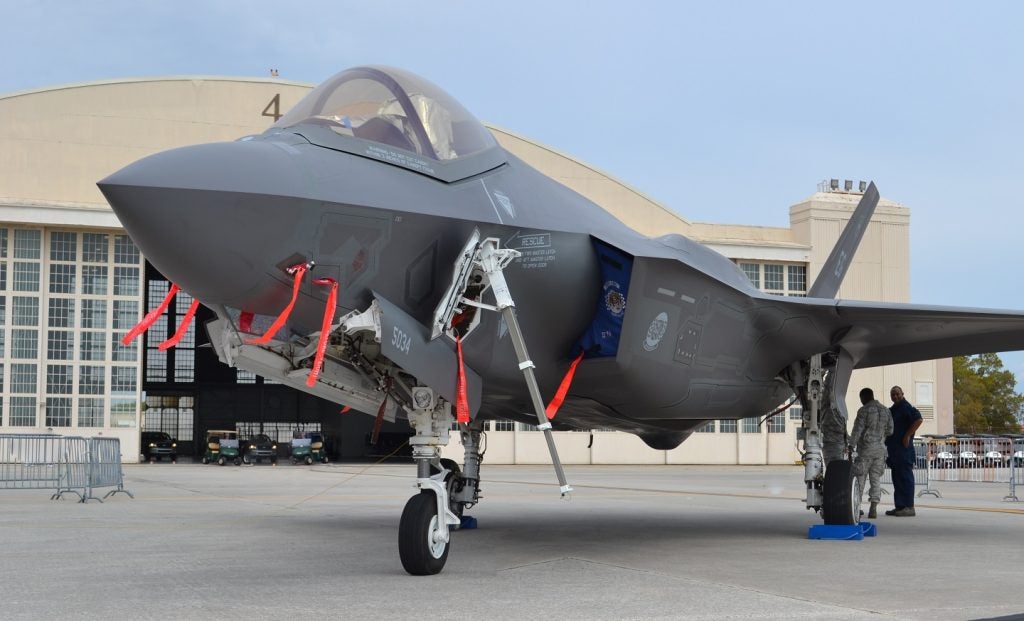
Space exploration has replanted itself firmly back in the public eye following Russia’s failed lunar landing on 21 August and India’s successful Chandrayaan-3 mission days later.
Renewed space exploration efforts by some of the world’s economic powerhouses come as experts including GlobalData and Morgan Stanley project the value of the space economy to reach $1trn by 2040.
In keeping with Russia and India’s space race, GlobalData’s Space Sustainability – Thematic Intelligence report highlights multipolar geopolitics and subsequent militarisation as key trends in the development of a space economy.
From anti-satellite (ASAT) weapons to satellites capable of tracking hypersonics, competition over the placement of space-based assets is likely to intensify as costs decrease and geopolitical incentives increase.
The lunar resource rush
Space-based assets go beyond military equipment.
See Also:
India’s recent mission, the first soft landing on the Moon’s South Pole, leads the search for lunar water ice, a potentially valuable resource in the supply of fuel, oxygen and drinking water for future operations. Alongside Russia, Japan and the European Space Agency, New Delhi also has its eyes set on the mining of the rare isotope Helium-3.
How well do you really know your competitors?
Access the most comprehensive Company Profiles on the market, powered by GlobalData. Save hours of research. Gain competitive edge.

Thank you!
Your download email will arrive shortly
Not ready to buy yet? Download a free sample
We are confident about the unique quality of our Company Profiles. However, we want you to make the most beneficial decision for your business, so we offer a free sample that you can download by submitting the below form
By GlobalDataAs of 2023, the need to launch objects out of Earth’s gravity is the single biggest pricing limitation on the space economy and a major limiting factor for spacecraft design.
But the possibility of retrieving elements including gold, cobalt, platinum and iron from asteroids, transporting them back to Earth, and then processing them for space manufacturing would dramatically reshape the pace and scale of human activity in space.
As an indicator, Asterank, a database measuring estimated resource values for asteroids tracked by NASA, claims that the ten closest asteroids to Earth alone could turn a profit in today’s economy of around $1.5trn.
The new space race is receiving widespread scrutiny for its environmental impact. Aside from the ozone layer damage caused by rocket launches, orbital debris – or “space junk” – are also a threat to sustainability and safety.
NASA and the US Department of Defence (DoD) track more than 27,000 pieces of orbital debris which pose serious danger to the International Space Station and other space vehicles with human passengers aboard.
There has been some regulation implemented, such as the UK’s Space Sustainability Standard. Formally launched by the British government in June 2023, the standard aims to incentivise companies to adopt best practices and attract further investment in the UK’s space industry. It is now formally recognised by finance and insurance communities that underwrite space operations, as well as by international policy-making bodies.
As investment mounts and the space economy grows closer to that $1trn mark, regulation may curb some environmental damage. But militarised geopolitical rivalries on Earth are unlikely to be set aside in outer space as the USA, Russia, India and other global powers eye up the lucrative rewards it has to offer.
Space Sustainability – Thematic Intelligence provides insights into the market challenges and opportunities surrounding the space sustainability theme.







